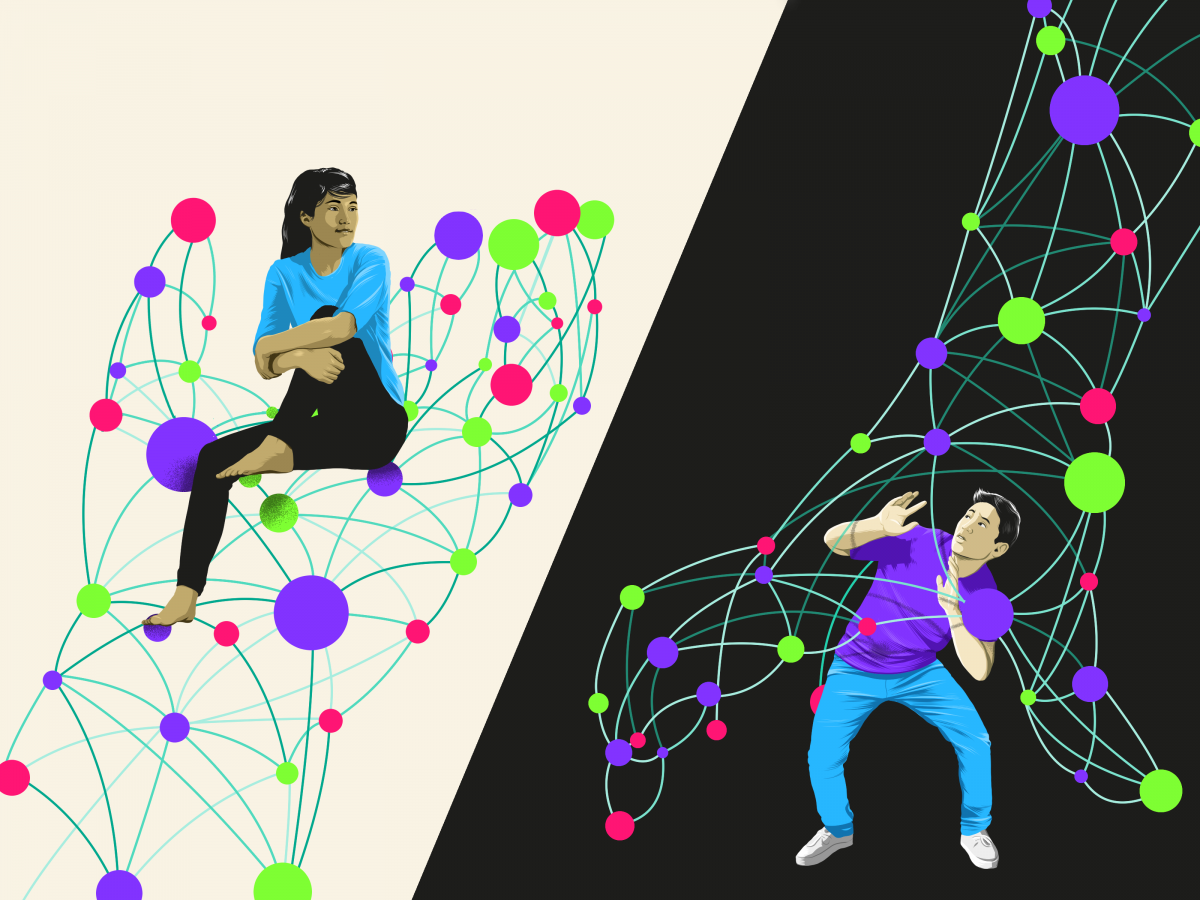
Until recent years, artificial intelligence (AI) belonged squarely in the realms of science fiction, even though the principle itself has been around for decades. But recent advances have seen a surge in popularity, particularly in business applications. This is from several factors: there’s far more data available for training AI algorithms than there ever before, more powerful computing hardware has made training deep networks easier, while cloud-based AI solutions have made the technology more accessible and affordable to businesses of all sizes. This has brought AI to the mainstream, and it’s transforming business and customer experience.
What’s AI, and why is it good for businesses?
The simplest definition of AI is a computer system that can derive new insight and actions from data, greater than it’s programming. AI typically involves some form of pattern-recognition to predict outcomes and identify trends. Business leaders can draw upon these insights to make smarter decisions. AI, with the right algorithm, can help to derive insights from today’s growing data sets.
If you’ve ever tried combing through a terabyte of data (that’s equivalent to about three million printed books), you’ll know that manual processes just don’t cut it. AI helps make sense out of all those trillions of ones and zeros, which can have a profound impact on many business processes, ranging from marketing automation to threat management in information security.
AI is grouped into several categories:
Machine learning
Machine learning is one of the most common, and it’s a leading disruptor in business. It underpins many AI-powered applications by letting people teach computers how to recognize patterns in large data sets. This technology enables smarter business decision-making, as well as helping organizations protect themselves from cyberattacks with sophisticated measures like threat modeling and intelligence.
Deep learning
Deep learning is a subset of machine learning. It’s computationally intensive, using advanced artificial neural networks that allow computers to learn from their own mistakes and continually improve their functions, like the way the human brain works. This has profound implications for business automation, reducing human error in critical areas like cybersecurity.
Narrow, general and super AI
Alternatively, AI is also defined by the system’s level of intelligence rather than its purpose or how it’s deployed. Using this definition, we have three types of AI: narrow (ANI), general (AGI), and super (ASI).
We already interact with ANI daily both in our professional and personal lives – common examples include personal assistants like Google Assistant, Amazon Alexa or Apple Siri. Some ANIs use natural language processing (NLP) to understand speech and interact with people in more meaningful and natural ways.
Next up the hierarchy is AGIs, these are AIs that are approximately as capable as humans and able to solve tasks beyond what they’re originally programmed to do, but it’s still an emerging field.
At the final level, we have ASIs, more intelligent than humans – think Terminator or The Matrix. That’s still quite a long way off.
Protect your business from AI-powered attacks
The law of unintended consequences holds that the intervention of any complex system tends to create unanticipated and sometimes undesirable outcomes. Digital technologies have, in many ways, made our lives easier. Still, they’ve also opened up a raft of new opportunities for criminals, not to mention challenges regarding personal privacy with big tech firms. With much of the power in the hands of organizations, business leaders must think carefully about ethical and legal implications when adopting AI.

While businesses use AI to improve customer experiences and automate a multitude of routine tasks, cybercriminals can use these technologies. We can certainly count on AI not being used exclusively for good.
There’s no denying that AI will transform every industry, including cybercrime. For a start, AI tools are already widely available, and many are open-source, meaning they’re available for free for anyone to use and reprogram for their purposes. The malicious applications of AI are already starting to emerge as cybercriminals use the technology in ways that mimic the practices of legitimate organizations.
Just as marketing departments are tapping into AI for precision targeting at scale, so are social engineering scammers. Other areas of misuse include creating and targeting misinformation campaigns and impersonating individuals through the use of deepfakes. AI-driven insights may also help to develop dangerous malware or show insights into vulnerable systems.
Another immediate challenge with the spread of AI comes down to people. On top of concerns that AI will displace many low-paid, unskilled jobs is the fact that people are still holding all the cards. While maintaining control might help prevent AI from going rogue, it also means that systems inherit our less fortunate human traits, as Microsoft found out with the embarrassing launch of its AI-powered Twitter bot Tay in 2016.
People are still teaching computers, and, because of that, there’s an innate bias reflecting society’s perceptions. Or, in the case of Tay, the bad influence of social media trolls. Indeed, earlier this years, a new study found that algorithmic bias in self-driving cars increased their chances of failing to detect dark-skinned pedestrians.
Using AI for good
AI is here to stay. It’s the next step in advancing digital technology, and a growing number of core business processes soon won’t be able to function without it.
For those who believe in using data ethically, AI is a source of hope, but, like any other technology, some will try to misuse it. To keep up with the new wave of threats as hackers exploit AI, businesses need to respond using AI-enabled tools to augment human intelligence and, consequently, strengthen their cyber defenses.
AI offers great potential for applications as diverse as medical diagnoses, legal case resolutions and even climate modeling. But it’s ultimately up to us as business leaders to determine how we can put the technology to good use.




